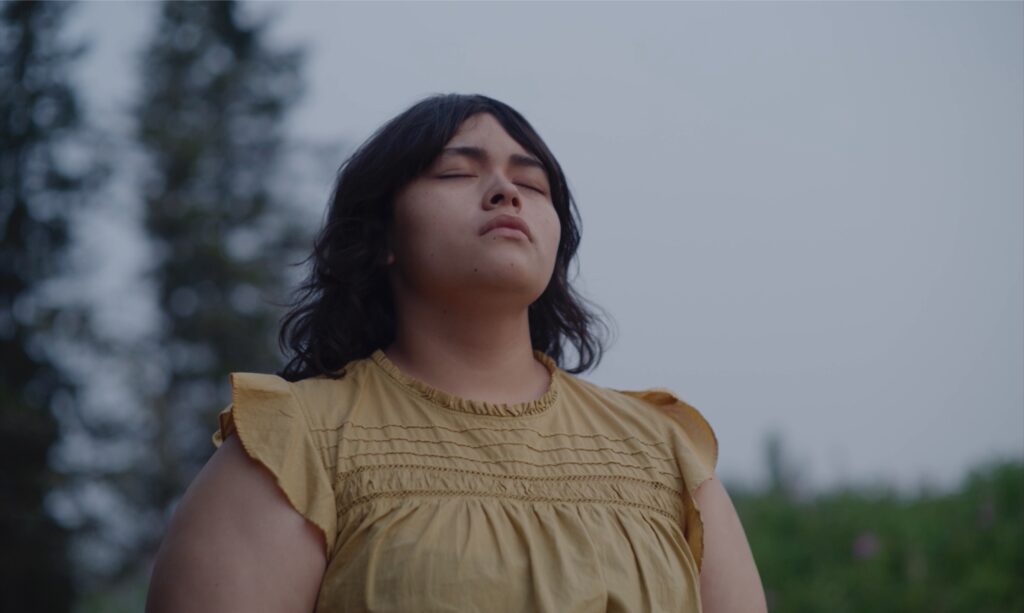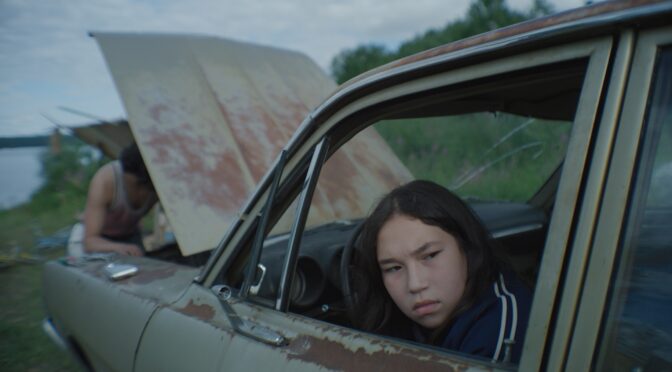Article by Giorgia Andrea Bergamasco
Translation by Chiara Rotondo
The second feature film by Quebecois director Chloé Leriche, Soleils Atikamekw (Atikamekw Suns) portrays the profound intergenerational pain of the Atikamekw community in Manawan, Quebec. The film’s delicate aesthetics and careful formal work are not intended to sugarcoat the film, but rather to testify the strength and beauty of a community that, though destroyed, attempts to rebuild its memory.
The director is freely inspired by dreams, impressions and memories of the families of the victims of the June 26th 1977 tragedy in which five people from the Atikamekw community drowned. The downgrading of the massacre to an ‘accident’, despite its undoubted racial motivation, meant that the police and authorities never shed light on the incident. But in addition to the desire of showing the ravages of colonialism and the sprawling force of systemic, millenarian racism against First Nations (indigenous Canadian peoples), Chloé Lariche successfully manages to put collective grief in all its rawness into the foreground.
The film opens on the real relatives of the victims, still visibly bent by the enormous weight of the tragedy after mostly fifty years, with prayers never answered and requests never granted. It is precisely their off-screen voices which punctuate the film so that the audience, even in the most dreamlike-fantastic scenes, cannot distance themself from the dimension of reality to which the images on the screen are inspired. Hovering between reality and dream, between documentary and fiction, the one which emerges is a narrative steeped into magical realism.

Pain is the dominant element here, portrayed in such an upsetting way that it comes off the screen and turns into something concrete. A pain that pervades the wide shots of quiet and uncontaminated landscapes transforming them, also thanks to the soundtrack, into disturbing and claustrophobic places where the atmosphere of danger is palpable. A pain that occupies the entire frame thanks to the close-ups and extreme close-ups of the actors, without flaunting. A pain made of silences and screams. A pain that spans several generations, distancing them from each other in suffering, but bringing them closer in memory and in their desire for justice.
The absence of hope, the inability to trace a glimmer of it throughout the film, is intentional. As Chloé Lariche herself states, it is rather in the process of creating the film that a strong spirit of resilience is found. The willingness of the families involved and of the Atikamekw community to rewrite their history the way it happened is, in itself, a decisive and courageous act of hope.

